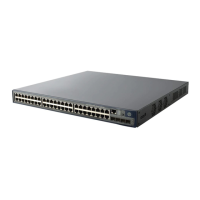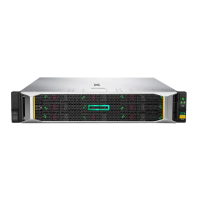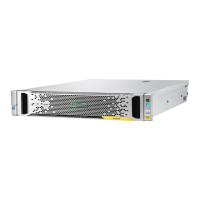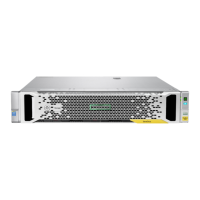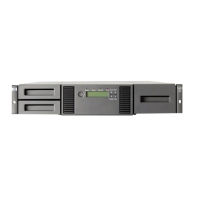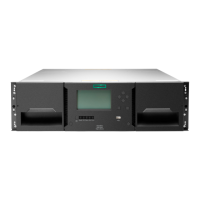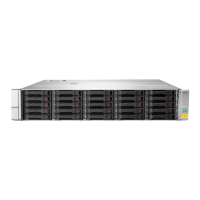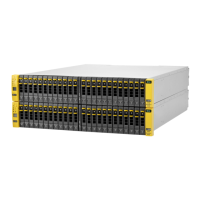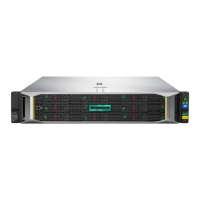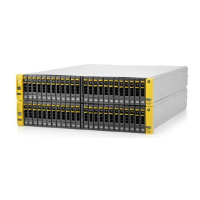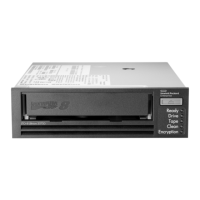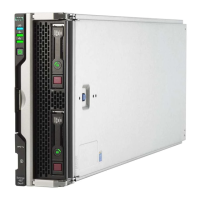• Reducing the time it takes to debug and resolve anomalies in the backup/restore environment.
• Reducing the potential for conflict with untested third-party products.
Zoning may not be necessary for small or simple configurations. Typically the bigger the SAN is, the more
zoning is needed. HPE recommends the following for determining how and when to use zoning.
• Small fabric (16 ports or less)—may not need zoning.
• Small to medium fabric (16 - 128 ports)—use host-centric zoning. Host-centric zoning is implemented
by creating a specific zone for each server or host, and adding only those storage elements to be used
by that host. Host-centric zoning prevents a server from detecting any other devices on the SAN or
including other servers, and it simplifies the device discovery process.
• Disk and tape on the same pair of HBAs is supported along with the coexistence of array multipath
software (no multipath to tape or library devices on the StoreOnce System, but coexistence of the
multipath software and tape devices).
• Large fabric (128 ports or more)—use host-centric zoning and split disk and tape targets. Splitting disk
and tape targets into separate zones prevents the StoreOnce System from discovering unnecessary
disk controllers. For optimal performance, where practical, dedicate HBAs for disk and tape.
NOTE:
Overlapping zones are supported.
NOTE:
The HP Brocade SAN Switches support NPIV natively but the Cisco SAN Switches require that it be
turned on for each port used.
Configuring Fibre Channel
For use with StoreOnce Catalyst stores
The StoreOnce Catalyst — Fibre Channel Settings tab is the main page for configuring StoreOnce
Catalyst over Fibre Channel. Configuration settings are summarized below. See the StoreOnce System
User Guide for detailed instructions with screenshot examples.
• In the Devices section, locate the World Wide Node Nameand World Wide Port Name information
for each port on the StoreOnce System. This is the information that you need to zone the client with
the StoreOnce System.
• Also look at the Identifier Name in the top section of the screen. This is the FC address of the
StoreOnce System and is used to identify the StoreOnce System in the backup application. It is in the
format CoFC-<device-id>; if preferred, you may provide an Identifier Alias, which will be easier to
identify from the backup application.
• The Target Ports section in the center of the screen is identical to the settings that you can configure
for VTL target devices over FC. The default values are recommended, but you may edit Speed and
Topology.
Configuring Fibre Channel 85

